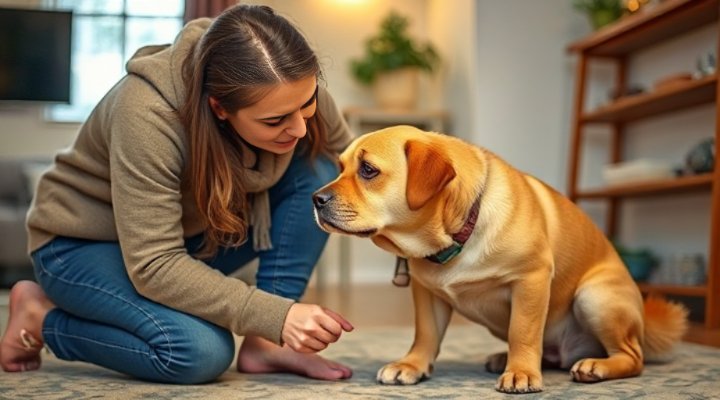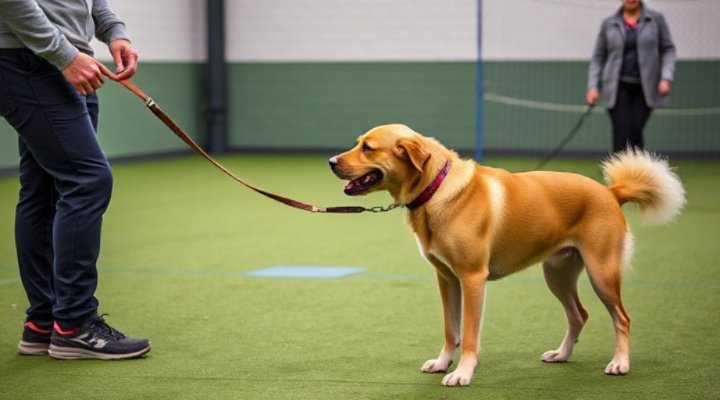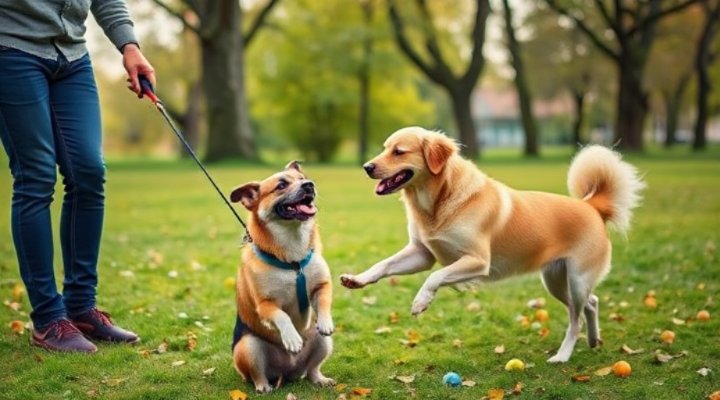Dog aggression is a complex issue that can stem from various causes, including fear, territorial instincts, or past trauma. Understanding the root of your dog’s aggressive behavior is the first step toward managing it effectively. For example, fear-based aggression often requires a different approach than dominance-related aggression. Above all, patience and consistency are key.

Types of Dog Aggression
There are several types of dog aggression, each with its own triggers and solutions. Territorial aggression, for instance, occurs when a dog perceives a threat to its home or family. On the other hand, fear aggression arises from a dog’s instinct to protect itself when scared. Similarly, possessive aggression is common in dogs that guard their food or toys.

Identifying Aggressive Behavior
Recognizing the signs of aggression early can prevent escalation. Growling, baring teeth, and stiff body language are clear indicators. Meanwhile, more subtle signs like avoidance or excessive licking may also signal discomfort. Consequently, it’s crucial to observe your dog’s behavior in different situations.

Effective Management Strategies
Managing dog aggression involves a combination of training, environmental adjustments, and sometimes professional help. For example, positive reinforcement techniques can encourage good behavior. Additionally, creating a safe space for your dog can reduce stress-induced aggression. Most importantly, never punish aggressive behavior, as it can worsen the problem.

When to Seek Professional Help
If your dog’s aggression is severe or unpredictable, consulting a professional trainer or behaviorist is essential. They can provide tailored strategies and, in some cases, recommend medication. Furthermore, resources like the American Veterinary Medical Association offer valuable guidance.

In conclusion, understanding and managing dog aggression requires patience, knowledge, and sometimes professional assistance. By addressing the root causes and using positive techniques, you can help your dog become a happier, safer companion. For more tips on dog training, check out our articles on Top Dog Training Techniques and Dog Socialization Classes.

